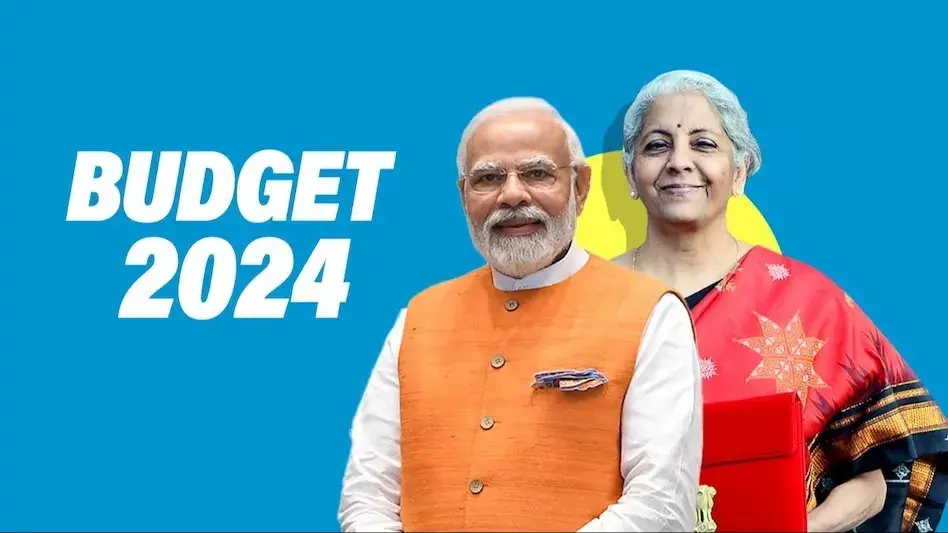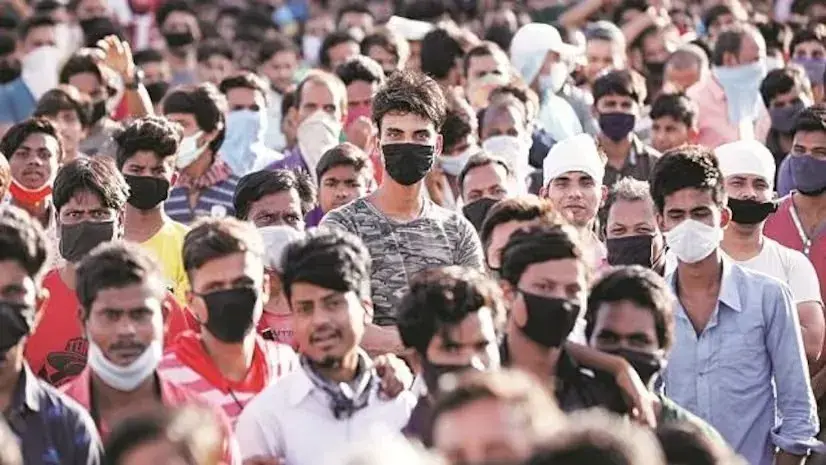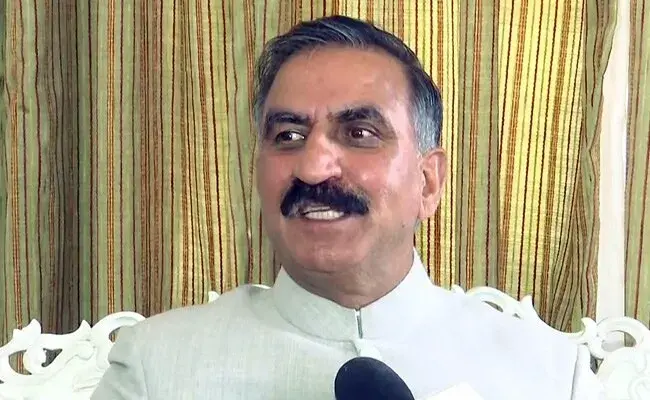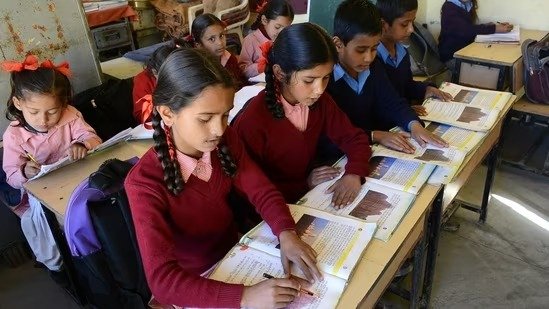Concerns Rise as Centre Slashes Education Budget in Interim Budget; UGC Funding Takes a Hit
The interim budget for education in India has sparked concerns as the government announced a 7% reduction in allocations, significantly impacting higher education funding. The University Grants Commission (UGC) faced the largest-ever cut of 61% in the last five years, raising apprehensions about the potential repercussions on universities and students. The budget for schools experienced a marginal dip, while central universities witnessed a 28% increase in grants. However, support for Indian Institutes of Management (IIMs) was trimmed for the second consecutive year. The interim budget, presented on Thursday, allocated ₹1.2 lakh crore for education, reflecting a 7% decrease compared to the revised estimate for 2023-24. The UGC, responsible for higher education, bore the brunt of funding cuts, with its allocation reduced from ₹6,409 crore in 2023-24 to ₹2,500 crore in 2024-25. Despite the challenges, Union Finance Minister Nirmala Sitharaman emphasized the government’s commitment to transforming education through the National Education Policy (NEP) 2020. The focus is on empowering the youth during the “Amrit Kaal,” the 25 years leading to 2047. Experts raised concerns over the impact of the drastic UGC budget cut, fearing it might encourage universities to rely on self-financing courses, burdening students and increasing dependence on loans. UGC Chairperson M Jagadesh Kumar reassured a commitment to quality higher education and efficient fund utilization. While the budget for central universities saw a notable increase of 28%, support for IIMs faced a reduction for the second consecutive year, dropping from ₹608.23 crore in 2022-23 to ₹212.21 crore in 2024-25. Union Education Minister Dharmendra Pradhan hailed the budget as a stepping stone towards a “Viksit Bharat” (developed India) and highlighted the “Jai Anusandhan” scheme with a ₹1 lakh crore corpus fund as a significant announcement.




